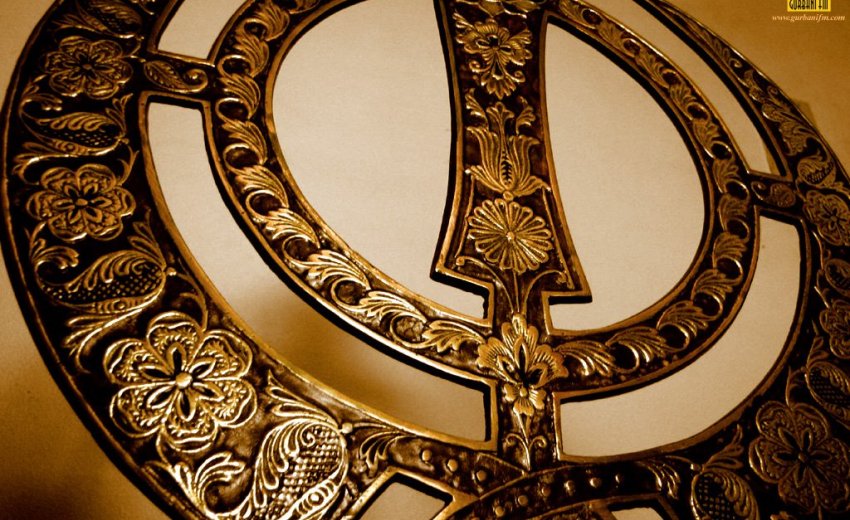1. Fascinating facts about Sikhism
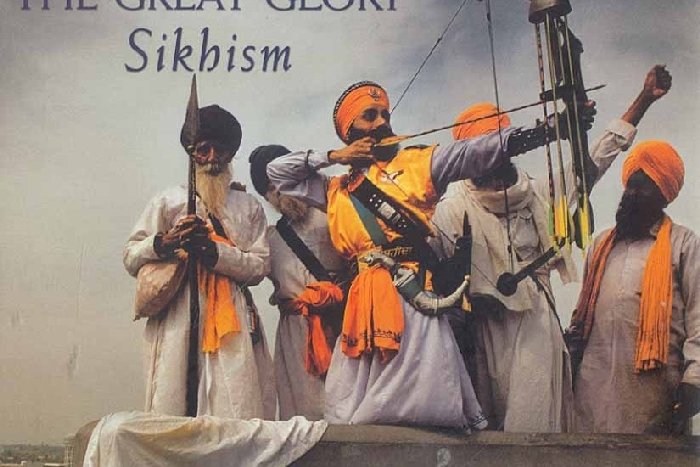
I never knew the wonderful details of Sikhism till the time I got married to the one who despite being an atheist, was a great admirer of this monotheistic religion. Sikhism is a progressive religion; it was well ahead of its time even when it was established some 500 years ago. As per Wikipedia, It is the fifth-largest organized religion in the world, with approximately 30 million adherents. Let’s take a look at some extremely interesting yet unknown aspects of Sikhism…
2. The concept of God
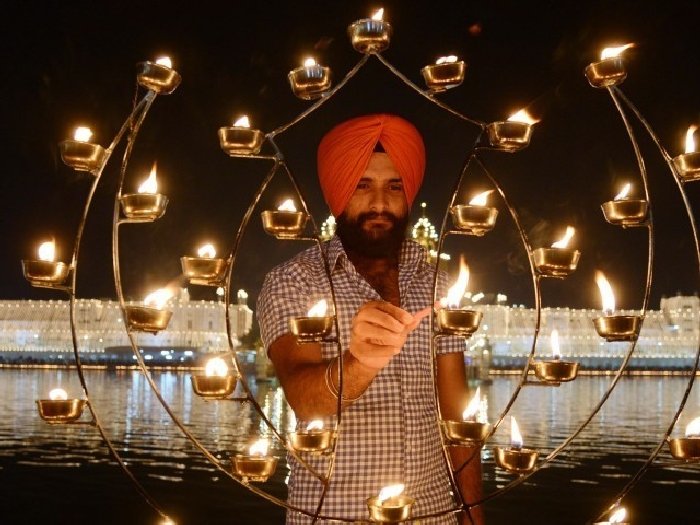
The concept of "God" is different in Sikhism than that of other religions. It is known as "Ik Onkar" or "one constant". It is found in the Gurmukhi script that God has no gender in Sikhism (though translations may present a male God); it is also "Akaal Purkh" (beyond time and space) and "Nirankar" (without form).
3. The making of the Khalsa

Guru Gobind Singh was the last Guru of the Sikhs in human form. He created the Khalsa, a spiritual brotherhood and sisterhood devoted to purity of thought and action. He gave the Khalsa a distinctive external form to remind them of their commitment, and to help them maintain an elevated state of consciousness. Every Sikh baptized as Khalsa vows to wear the Five "Ks" – Kesh, Kangha, Katchera , Kara and Kirpan.
4. How much do you know about the Turban?
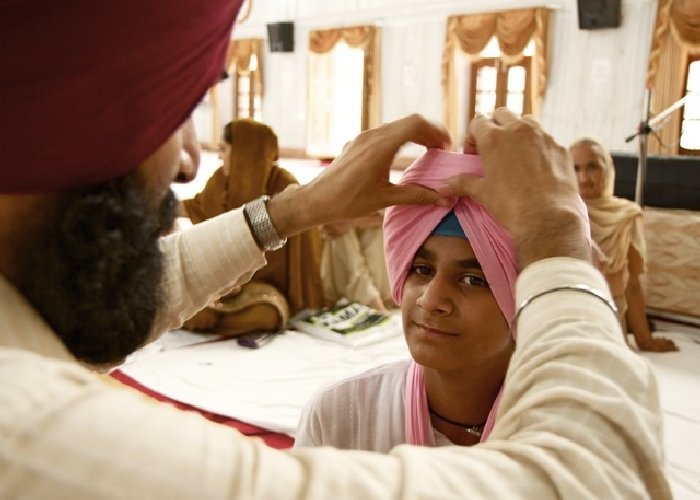
During Guru Gobind Singh’s time, the turban, or “dastar,” as it is called in Persian, carried a totally different connotation. The turban represented respectability and was a sign of nobility. At that time, a Mughal aristocrat or a Hindu Rajput could be distinguished by his turban.
5. The technology behind Turban
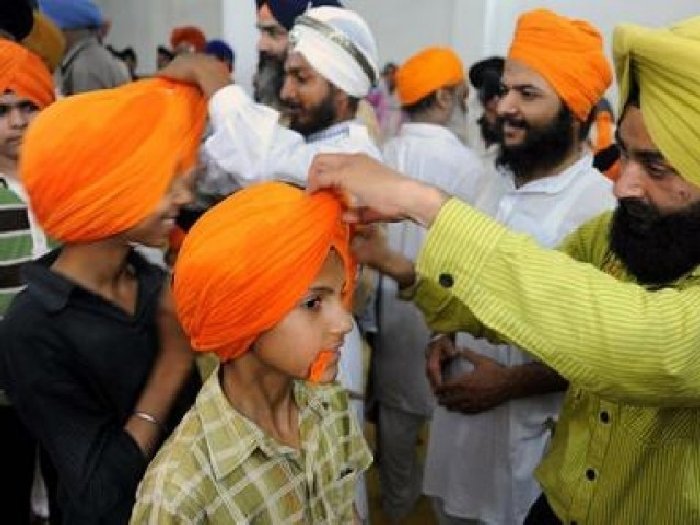
Turbans go way back in history as part of a spiritual practice. The top of your head is the tenth gate or the crown chakra. It is normally covered by hair that acts as antennae to protect the top of the head from sun and exposure, as well as to channel sun and the energy.
6. Why Sikhs don’t cut their hair

Yogis or Sikhs do not cut their hair, they coil or knot it on top of head on their solar center. In men the solar center is on top of the head at the front. Women have two solar centers: one is at the center of the crown chakra, the other is on top of the head towards the back. For all, coiling the hair at the solar centers channels one’s radiant energy and helps retain a spiritual focus.
7. The Guru Granth Sahib is a unique scripture
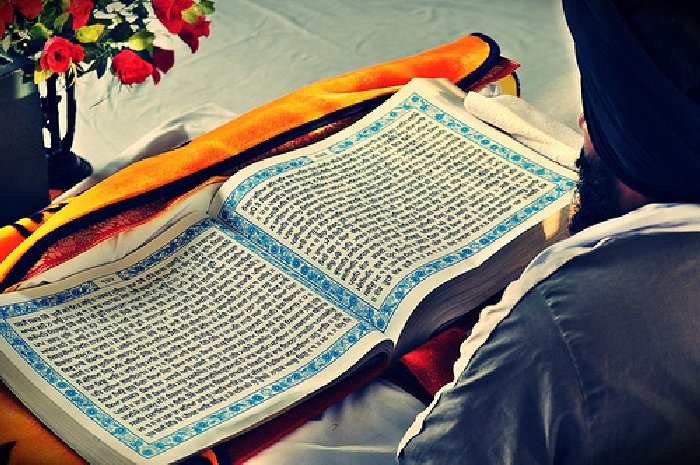
The authority accorded to the Guru Granth Sahib certainly sets it apart from other scriptural texts of the major world religions. The Guru Granth Sahib was compiled by the Sikh Gurus themselves and is primarily comprised of writings composed by the Gurus. This collection also includes the devotional writings of other religious figures, including Muslim Sufis and Hindu Bhaktas.
8. It’s not text but poetry
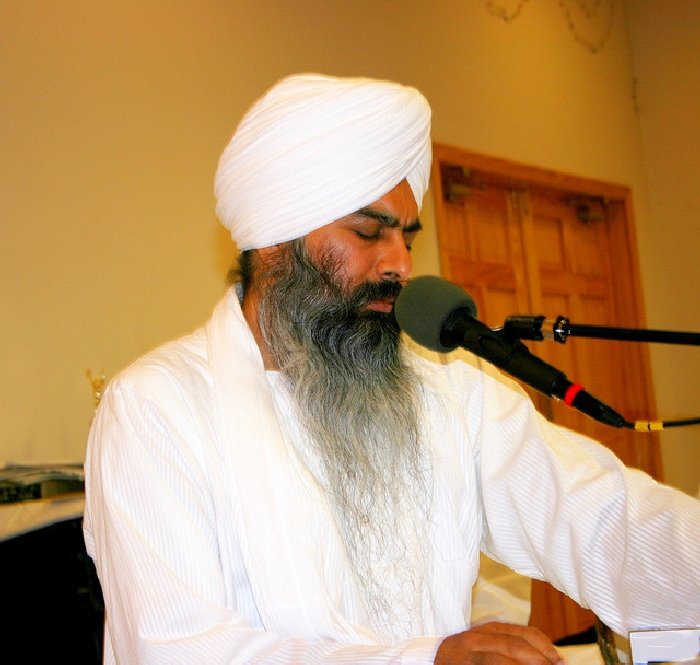
Unlike the prose narratives that make up a majority of western scriptures, the Guru Granth Sahib is made up entirely of devotional poetry, most of which is set to music.These writings have played a central role in Sikh practice since the time of Guru Nanak — Sikh worship consists of singing these compositions in both private and congregational settings.
9. Standing for justice
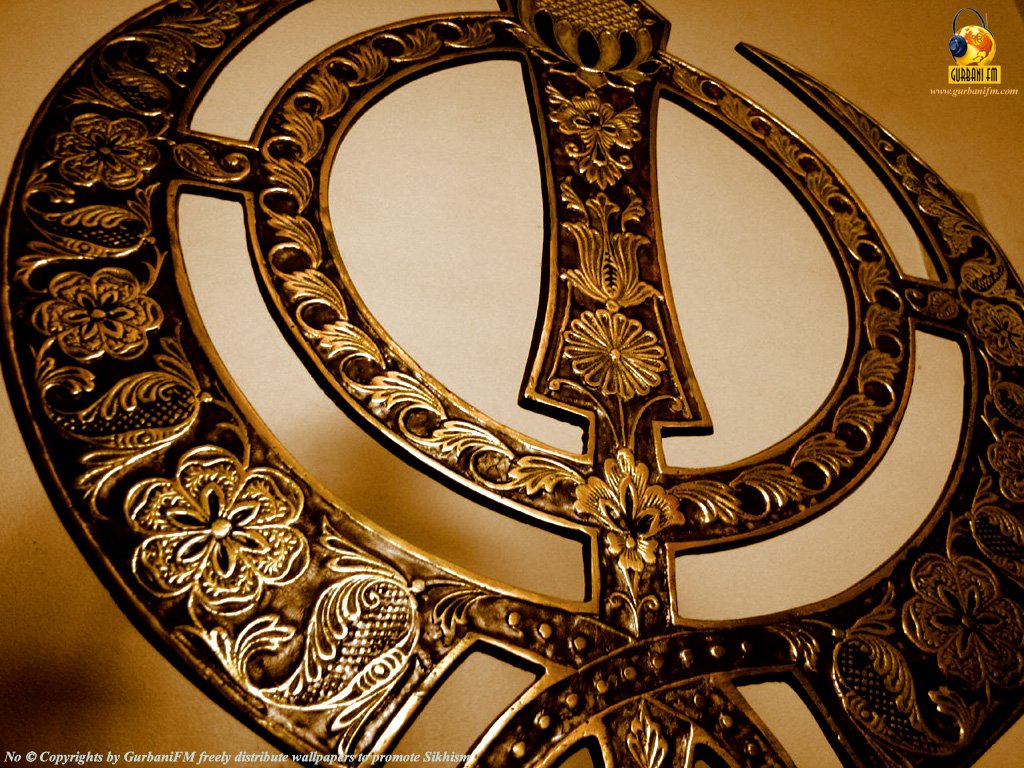
The ninth among them, Guru Tegh Bahadur, observed Mughal state authorities forcefully converting its Hindu constituents. Although this oppression targeted a religious community to which he did not belong and whose beliefs he did not share, Guru Tegh Bahadur stood up firmly for their right to practice religion freely — and the state responded by publicly executing Guru Tegh Bahadur.
10. A real Sikh never believes in superstitions
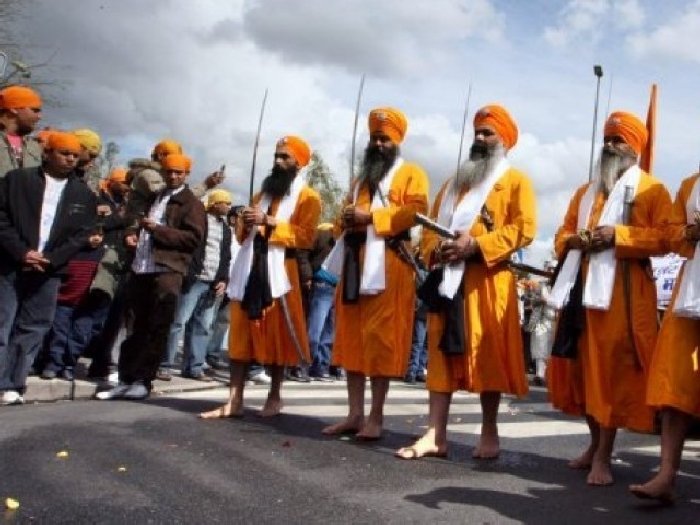
Sikhism instructs not to believe in good moments, or bad moments, good days or bad days, good numbers or bad numbers. According to Sikhism, all days of the week and all numbers are the same, no one day or a number is better than the other.
11. Simple ways of pleasing God
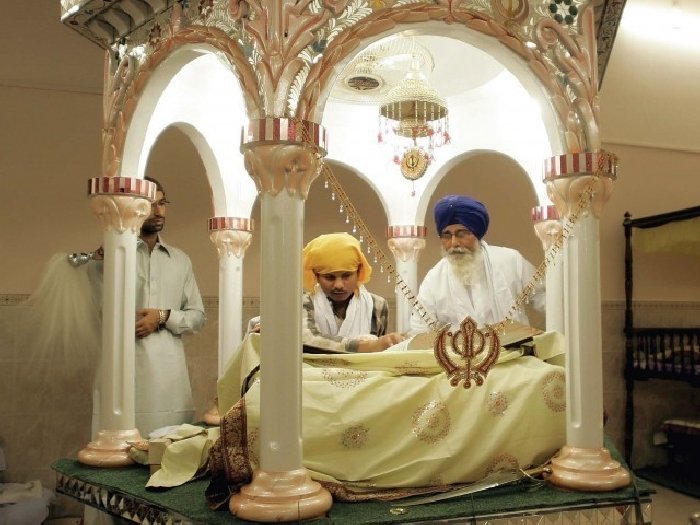
Sikhism instructs not to fast, perform animal sacrifice, go on pilgrimages, conduct self torture, or any other similar tasks. The only way to please God and be one with Him is to love Him. One need not perform any rituals or believe in superstitions to receive God’s love.
12. Sikh women have equal status
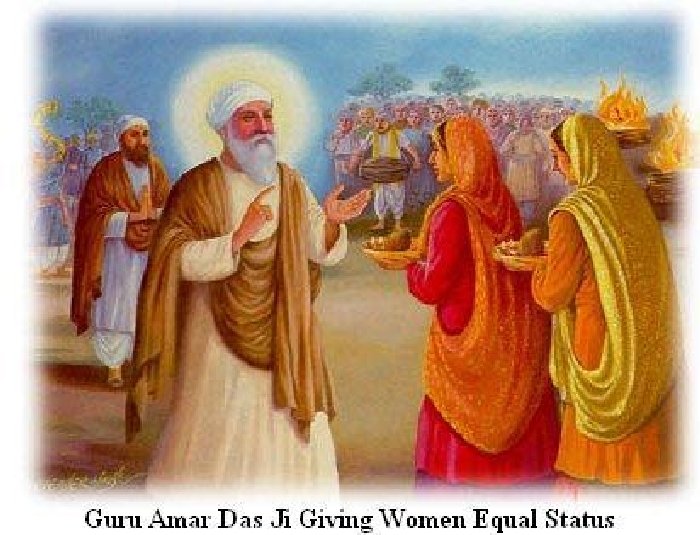
In fourteenth century, before the time Guru Nanak Dev Ji, Indian women were severely degraded and oppressed by their society. Her function was only to perpetuate the race, do household work, and serve the male members of society. Female infanticide was common, and the practice of sati was encouraged, sometimes even forced. Guru Amar Das Ji, the third Guru of Sikhs, raised his voice and denounced the Sati system.
13. Sikhism revolutionized the society
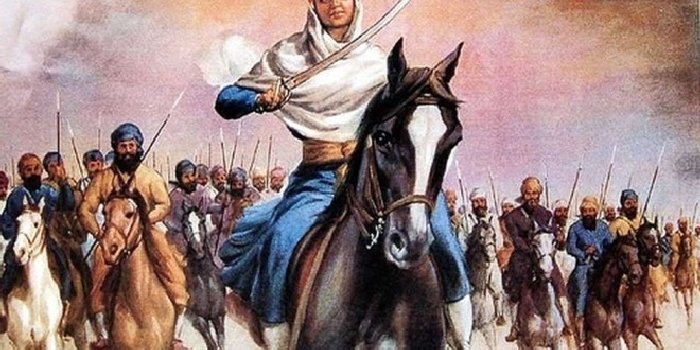
The steps Sikh Gurus took to advocate the equality of women revolutionized the tradition of Indian society. As women began to partake in social, religious, and political affairs, their contribution and worth as equal partners of men became more obvious. The Gurus taught that men and women are equal in the eyes of God, so are equal in rights on the Earth.
14. Food in Sikhism
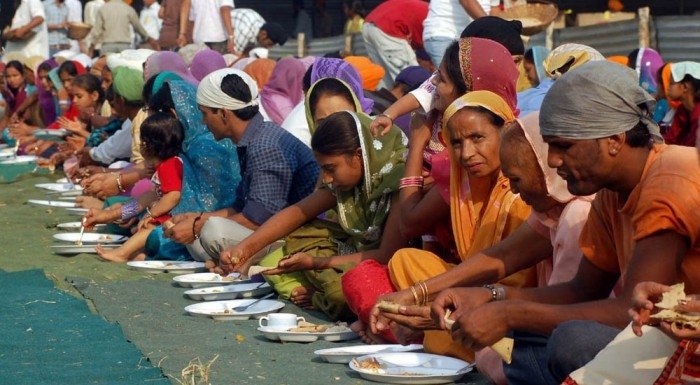
Sikhism encourages healthy living by consuming simple and natural food only. Over-eating and eating unhealthy food should be avoided. The concept is not to hurt anything or anyone and live in harmony by sharing with others. Killing animals for taste has been called unrighteous in Guru Granth Sahib.
15. The symbol of Sikhism

The universal symbol of Sikhism is the khanda, the double-edged sword flanked by two daggers (representing worldly and spiritual powers, bound by the oneness of God).
16. Greetings in Sikhism
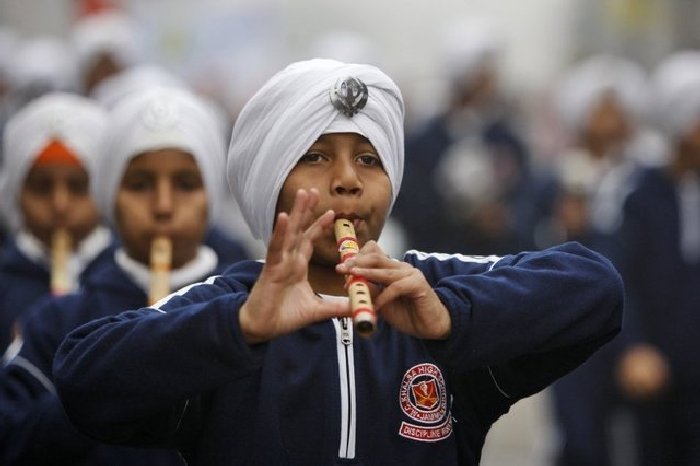
The traditional greeting used by Sikhs is "Waheguru ji ka Khalsa, Waheguru ji ki Fateh" which means "The Khalsa belongs to God, Victory belongs to God". Another traditional greeting is "Sat Sri Akal" which means "Immortal God is Truth".
17. Singh and Kaur
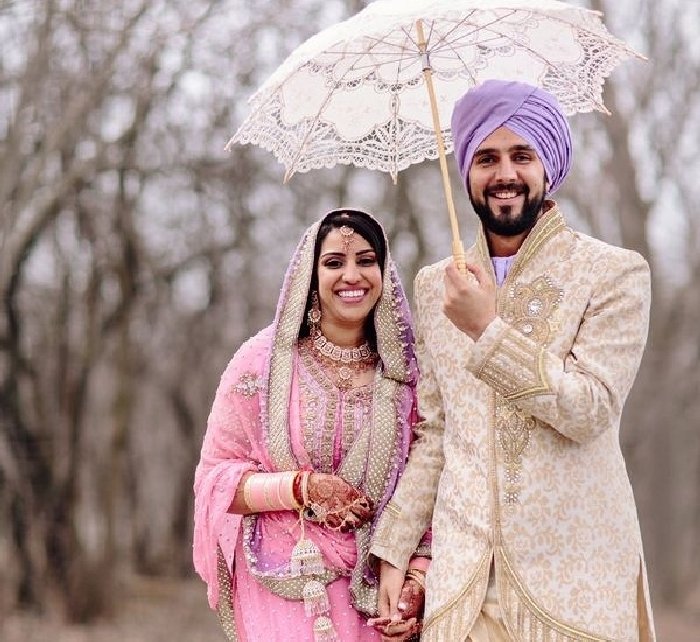
The names Singh and Kaur are the last names of Sikh males and females, respectively. Singh means lion, Kaur means lioness or princess. The Gurus confirmed the equality of women in society by starting a system where women did not have to change their last names post marriage. Sikh history also has women fighting alongside men in battles. Thus, Gurus ensured equality for women.
18. The 12’o clock connection
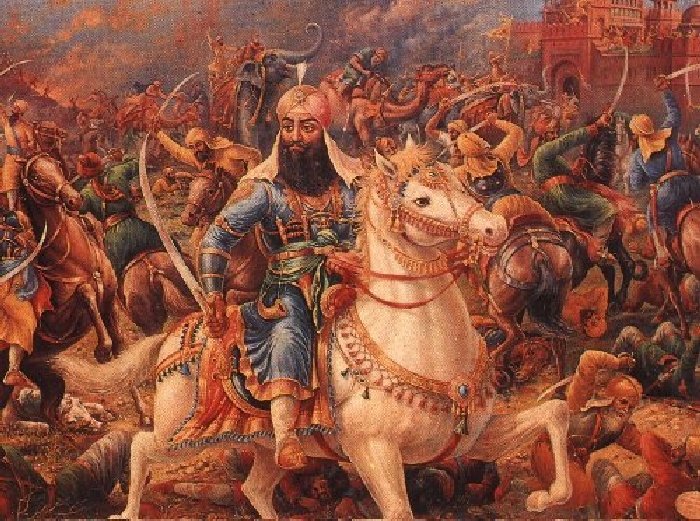
When Nadir Shah raided Delhi in the year 1739, he looted Hindustan and abducted nearly 2200 Hindu women along with him. The news spread like a fire and reached Sardar Jassa Singh who was the Commander of the Sikh army at that time. He decided to attack Nadir Shah’s camp at midnight. He did so and rescued all the women.
19. When the clock strikes 12, they attack
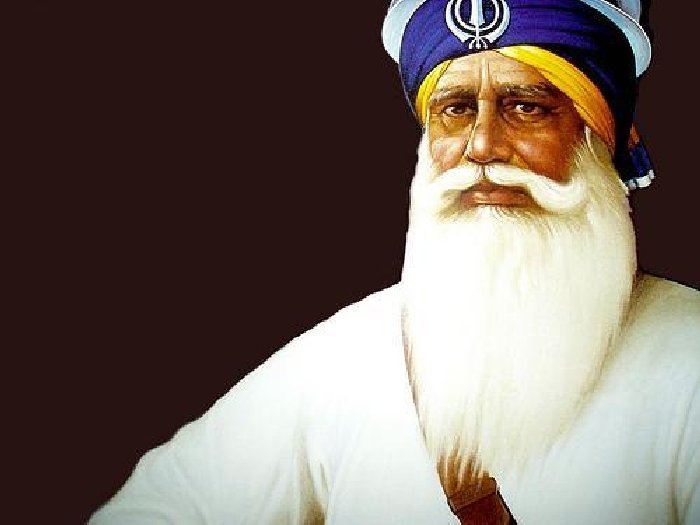
Thereafter, whenever any foreign party looted Hindustan and abducted Hindu women, the Sikh army (although fewer in number) attacked them at midnight. Nowadays, these “smart people” have spread these words that at 12 O’clock, the Sikhs go out of their senses. Completely nonsensical!
20. No defined architecture for Gurudwara
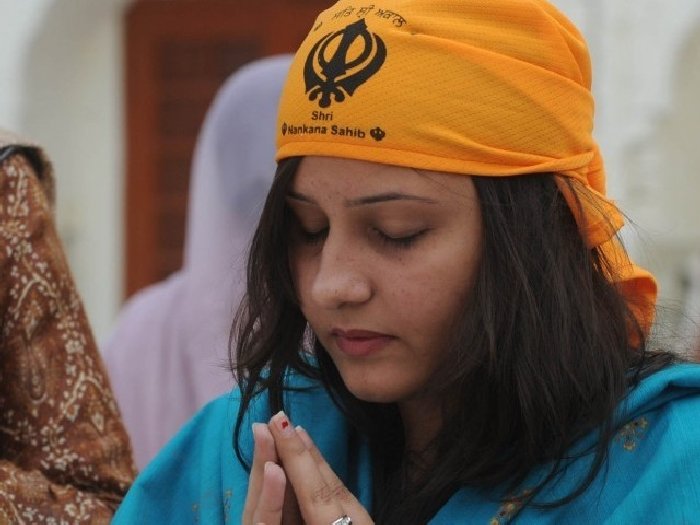
Any place where the Guru Granth Sahib is installed and treated with due respect according to Sikh Rehat Maryada (the Sikh code of conduct and convention) can be referred to as a Gurudwara, whether it is a room in one's own house or a separate building.
21. The four doors of Gurudwara

There are four doors into a Gurudwara, known as the Door of Peace, the Door of Livelihood, the Door of Learning and the Door of Grace. These doors are a symbol that people from all four points of the compass are welcome, and that members of all four castes are equally welcome. There's always a light on in a Gurdwara, to show that the Guru's Light is always visible and is accessible to everyone at any time.
22. Guru Granth Sahib
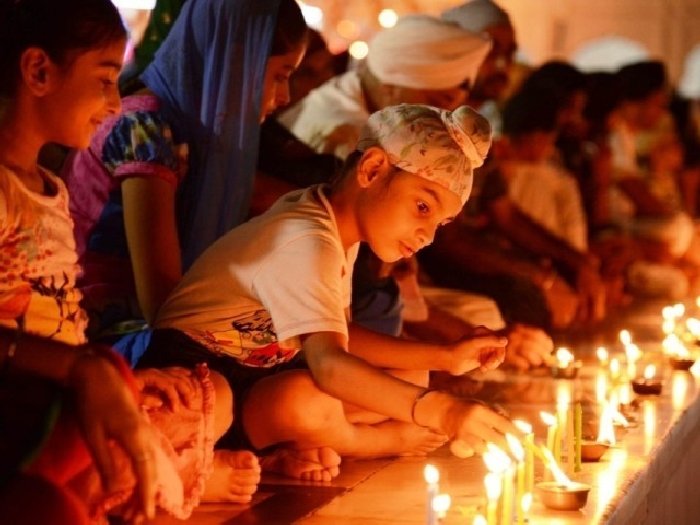
The focus of attention, and the only object of reverence in the main hall (or Darbar Sahib) is the book of Sikh scripture, the Guru Granth Sahib, which is treated with the respect that would be given to a human Guru. The book is placed on a raised platform and covered with an expensive cloth when not being read. Although Sikhs show reverence to the Guru Granth Sahib, their reverence is to its spiritual content (shabad) not the book itself.

